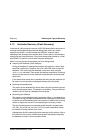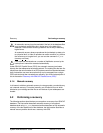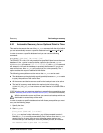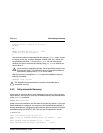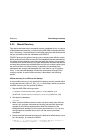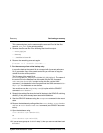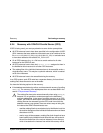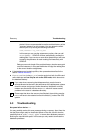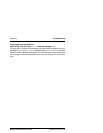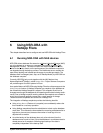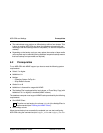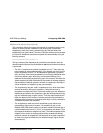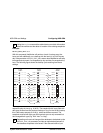
System Administrator’s Guide U42252-J-Z915-1-76
Recovery Performing a recovery
5.2.4 Recovery with ORACLE Parallel Server (OPS)
If OPS is being used, you must pay attention to some further prerequisites:
● All OPS instances have to have been specified in the configuration of NSR-
ORA. Instances that were added at a later date have to be contained in the
file /nsr/oracle/${ORACLE_SID}/config/dbo${ORACLE_SID}.init and also have
to have been added to the variable OPS_INSTANCES.
● On all OPS instances, the .rhost file has to contain entries for all other
instances for the ORACLE user.
● All OPS instances have to have had recover access assigned to them in
the NetWorker client resource for all other OPS instances.
● The redolog files of the individual instances have to be accessible under a
single directory name. This may be a symbolic reference, which is created
on all of the instances.
● All OPS instances have to be accessible during the recovery.
In an OPS system, each OPS node has a separate directory for its archived
redolog files; these directories are not sharable.
You have the following options for the recovery:
● If the database was backed up online, use the automatic recovery (by calling
nsrora_rec). The recovery of the tablespaces then runs as described in the
section “Fully-automatic Recovery”.
The redolog files have to be restored manually when using nsrora_rec,
because it is not possible to automate access to the distributed
archived redolog files. In the case of an offline recovery on an OPS
system, the ORACLE administrator must therefore ensure that all the
redolog files can be accessed from the OPS node from which the
database recovery was started.There are various ways of doing this,
for instance the ORACLE administrator can
– read the redolog files that were backed up by NetWorker back into
the archive directories of the individual instances and mount these
directories via NFS,
– read or copy all the necessary redolog files (both those that have
been backed up by NetWorker and those that are still located in
the archive directories of the various instances) into a directory
which is located on the instance from which the recovery will be
!




